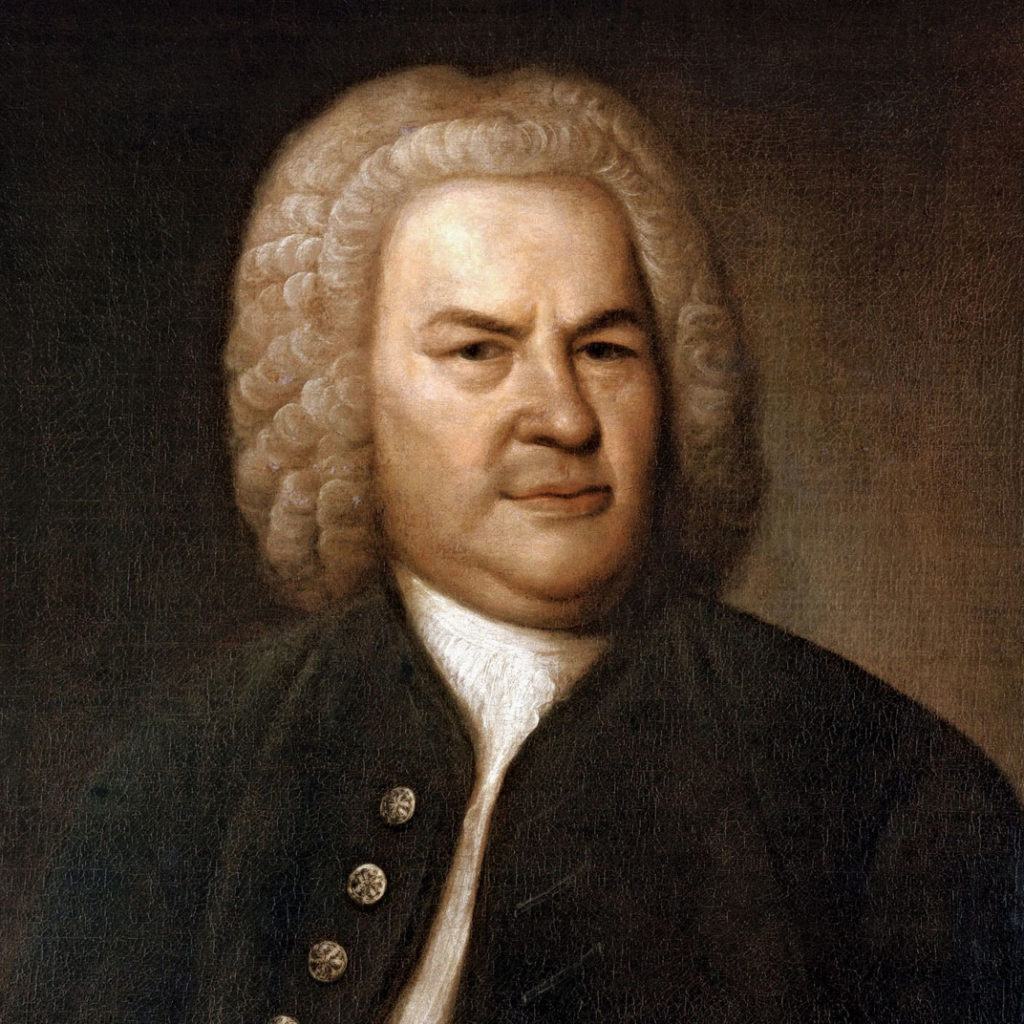
French Suite No.5 in G major, BWV 816
I. Allemande
II. Courante
III. Sarabande
IV. Gavotte
V. Bourée
VI. Loure
VII. Gigue
Like Bartók, much of Bach’s music has a firm footing in the rhythms and feel of dance, even when the titles do not necessarily suggest it. His numerous instrumental suites containing Baroque dances, court dances, and, occasionally, dances of folk origin, attest to this influence.
Suites pour le clavessin was the original title given by Bach to his six French Suites, which perhaps led to the designation “French” twelve years after his death. This title, as well as that of the earlier English Suites, can be misleading as all of these works feature dances that stem from traditions of various nationalities. The first five French Suites, dated 1722, originally appeared in the first Clavier-Büchlein vor Anna Magdalena Bach and were thought to have been a wedding gift from Bach. They subsequently went through numerous revisions (some pieces with at least five versions) and survived mostly through manuscript copies made by pupils and members of the Bach circle. This has resulted in many discrepancies between modern editions, with few giving us the full picture.
French Suite No.5 is distinguished by a bright and sunny character that radiates throughout the entire work. The Allemande, a German dance of moderate tempo, has a simple line accompanied by string-like figurations. The Courante is a spritely two-part invention in the style of the Corrente, the Italian variety. The Sarabande, a slow Spanish dance in triple time, is in the Arioso style, resembling the theme of the Goldberg Variations. From here we have the “galanteries", all of French origin: an innocent Gavotte; a melodic Bourrée with a lively cello accompaniment; and a Loure, a theatre dance somewhat like a slow gigue. The latter is unique for being one of only two examples found in Bach’s works, the other in the E Major Violin Partita. The joyous Gigue concludes the suite in high spirits, in a whirl of dizzying figurations, rustic fiddle, and stomping feet.
Tony Chen Lin, 2018 (Booklet notes to CD “DIGRESSIONS”)
You must be logged in to post a comment.